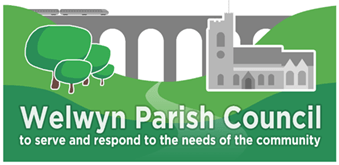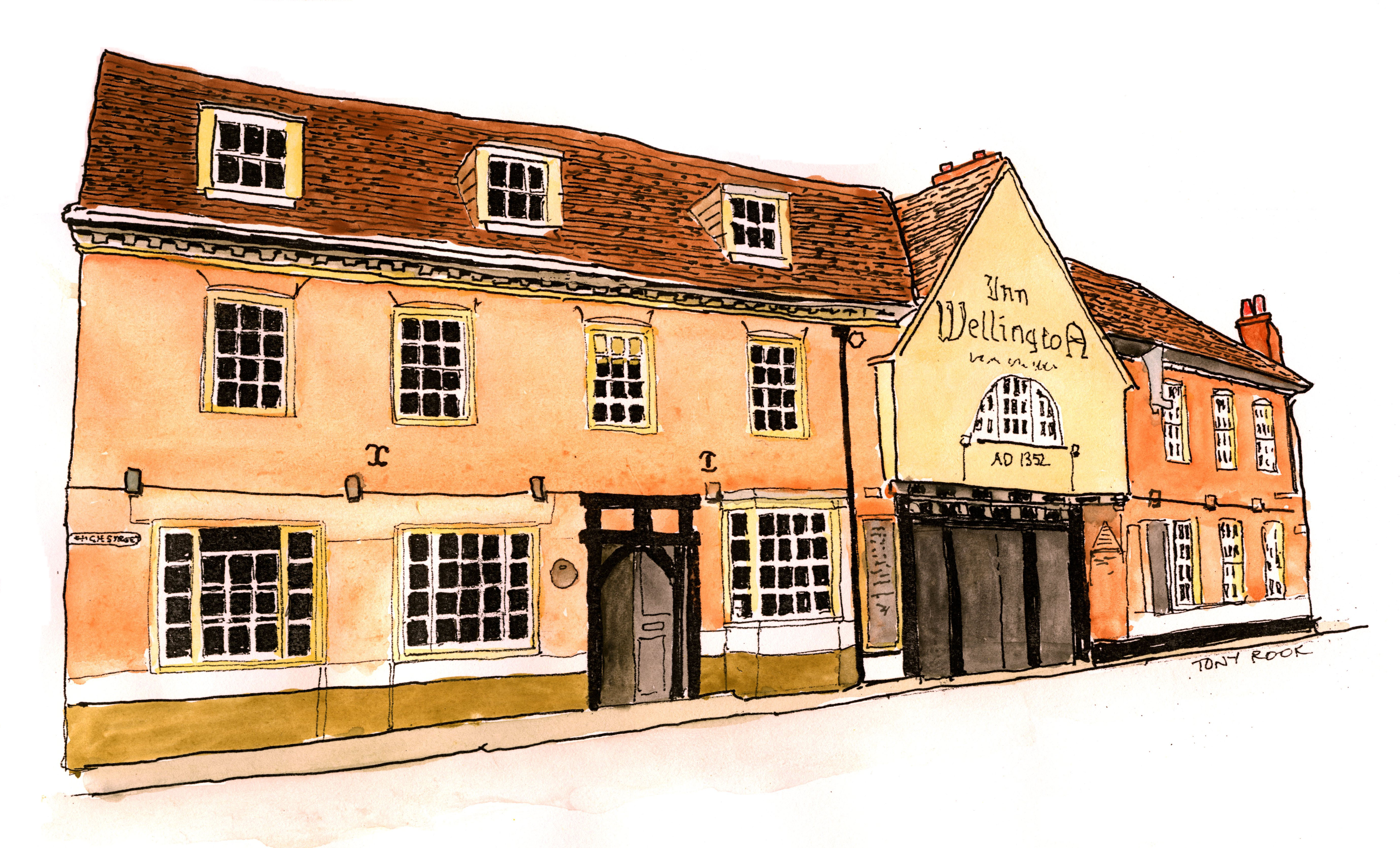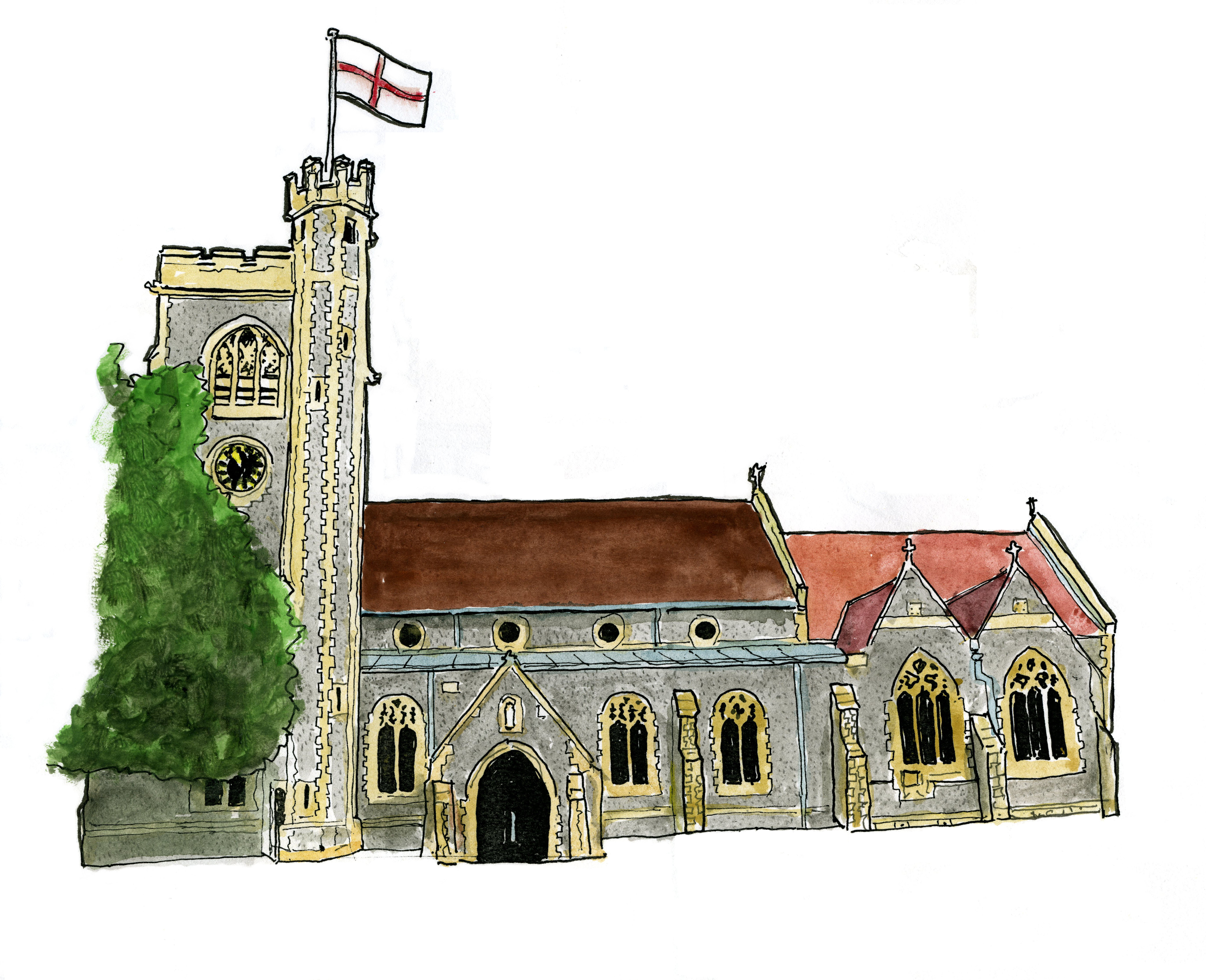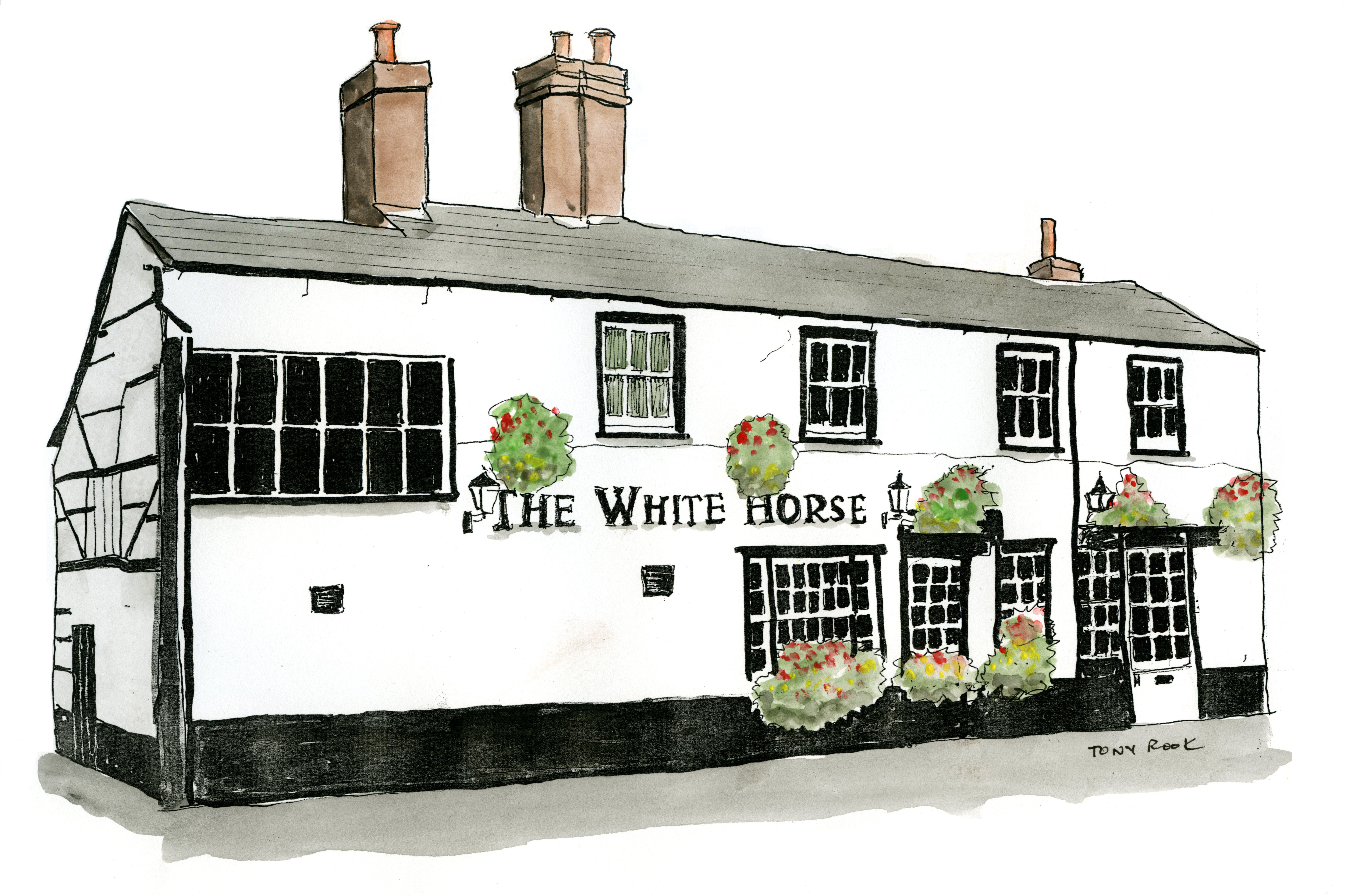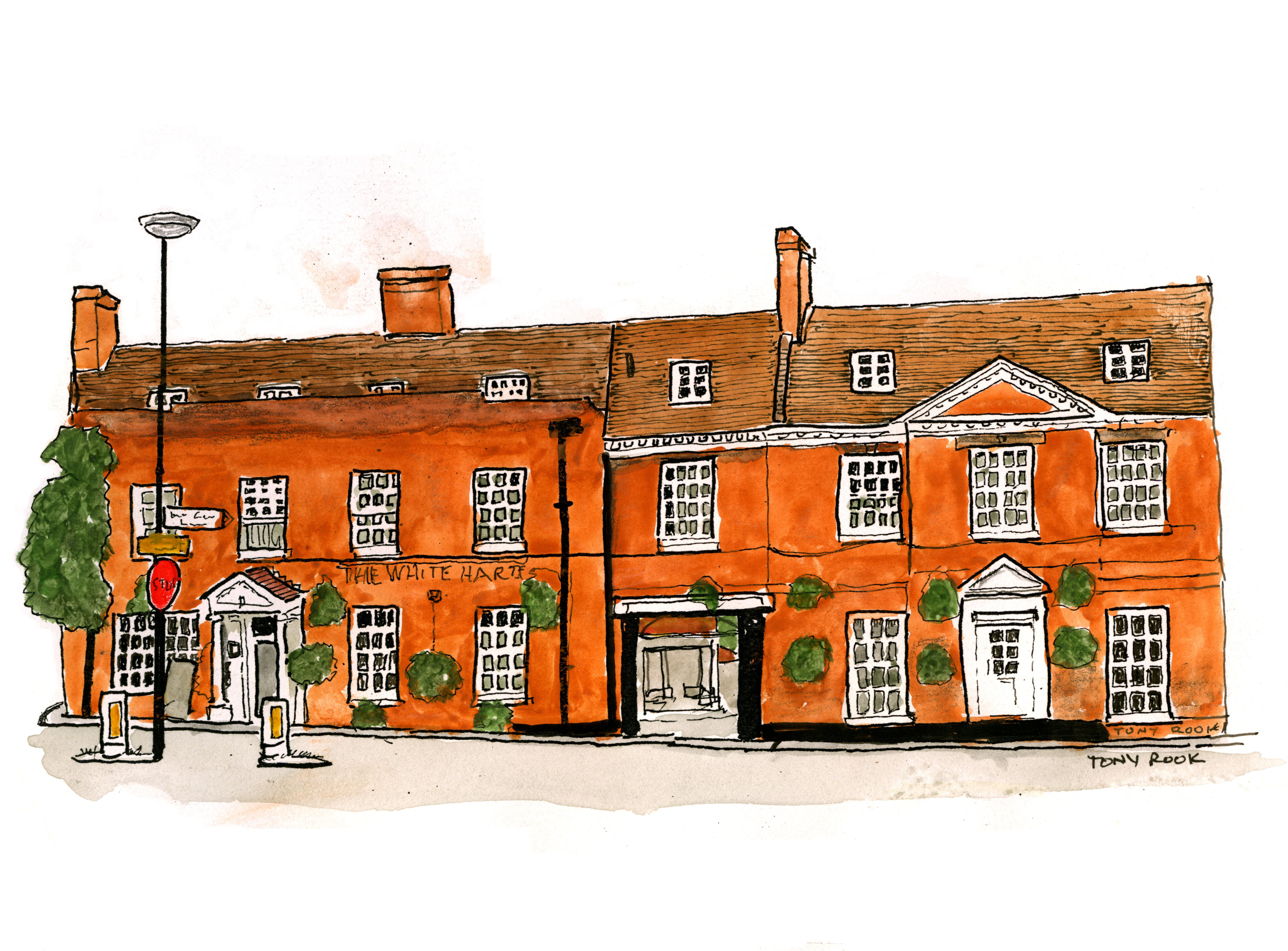Welwyn Heritage Trail
Welwyn Heritage Trail - a self guided tour of Welwyn
Go on a trip through Welwyn’s colourful past and take a walk around the village. You will learn about the history of Welwyn and it’s inhabitants, from Iron Age kings, to Roman bathers, 18th century travellers and Victorian builders.
The Welwyn Heritage Trail was produced by the Welwyn Archaeological Society, with generous support from the Heritage Lottery Fund. The trail is based on a great Welwyn tradition: Heritage Tours run by Mr Tony Rook (1932-2023), a well known local archaeologist and historian, who spent many years passing on his knowledge of Welwyn to visitors and local residents. It features an interpretative map and numbered way markers located on historic buildings to guide you along the tour. Each way marker has a QR code to scan that will lead you to discover more about the history of Welwyn Village.
The tour starts at 10 High Street (Country Properties).
In 2014 the Welwyn Archaeological Society captured some video footage of stops along Tony’s walking tours which can be viewed here.
Tony Rook produced a number of beautiful hand drawn images of buildings in the village, historical information booklets and in the 1960’s along with a team of volunteers excavated and preserved the Roman Bath House, located in a unique setting below the A1M.
If you have any of your own videos, recordings or memories you would like to share to this trail please get in touch.
The walking tour is still run twice a year during Welwyn Festival week, usually the last week of June: visit their website for more information Welwyn Festival 2024
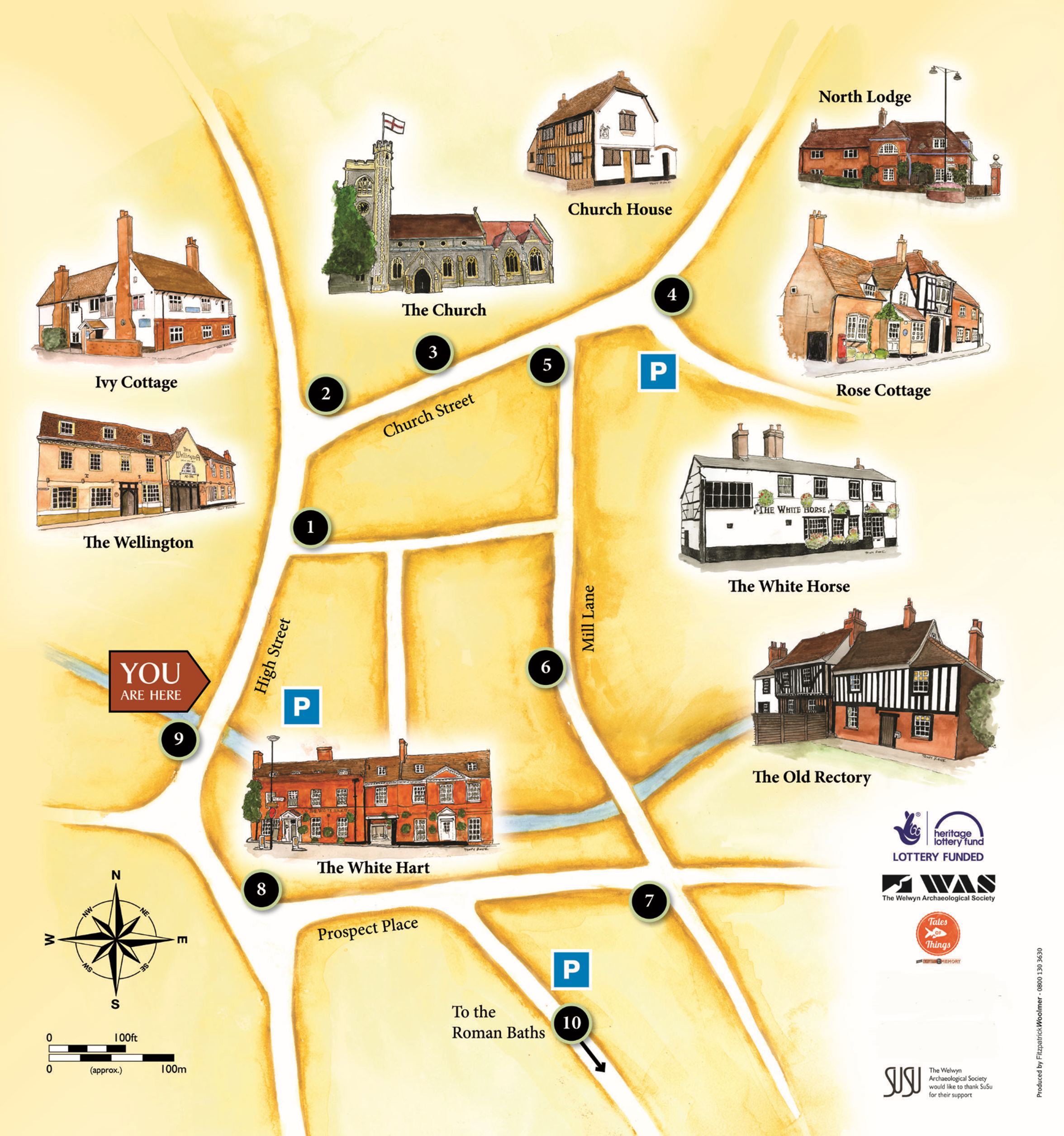
Stop 1: Mimram Walk
The High Street is the commercial heart of the village. From this spot, at the entrance to Mimram Road, you can see six former pubs: The Moorhen, The Railway Tavern, The Boot Inn, The Black Horse Inn, The Swan and the Boards Head.
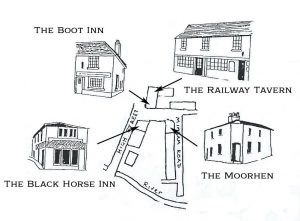
As you make your way along to the second stop you will pass The Wellington pub on your left. This was once two pubs, the Boars Head and The Swan. The pub holds a list of all the licensees since 1352!
In the 18th century a red brick false front and sash windows were added. The space under the gable, now glassed in, was a way through to the stables and smithy.
Guests staying in Room 3 sleep below 11th century oak timbers.
Stop 2: St Mary’s Church
This has been a place of Christian worship since at least the Anglo Saxon period. The present church dates to the 12th century, with considerable re-building in the 19th and early 20th centuries. There is an excellent guidebook available in the church.
The church is open daily for quiet reflection and prayer.
From here, to your left and just past the Wellington pub, you can see Ivy Cottage.
In the nineteenth century, Ivy Cottage was two buildings. One was a school run by Miss Applegarth. Vincent Van Gogh’s sister, Anne, taught at the school and lodged with Miss Applegarth’s sister, Emily Stothard, in the other.
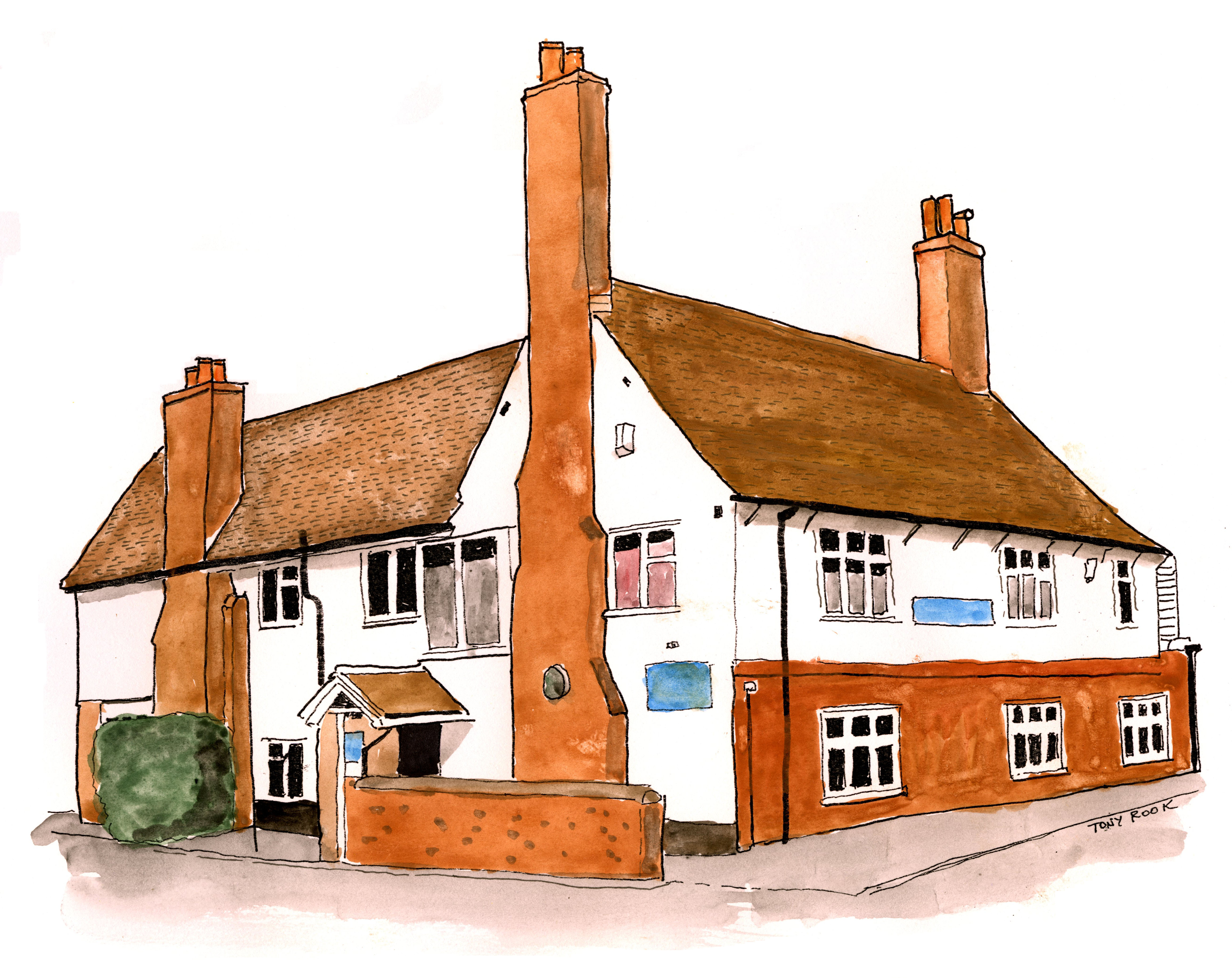

From 1875 – 1876 Anne Van Gogh lived in Rose Cottage and was visited by her brother Vincent in 1876.
At stop 9 you can see a bonded bronze bust of Vincent Van Gogh that was gifted to Welwyn in 2019.
Stop 3: Old Church House
Built for the church, probably around 1500, Old Church House at various times has been a post office, police station, alms house and school. To the rear of the building, the rooms have been used for as the ‘lock up’ as well as the morgue and chapel of rest. Old Church House was for many years the centre of village life.
Note the fire hook located on the left hand side of the building under the jetty, this would have been used to remove the thatch in the event of a fire.
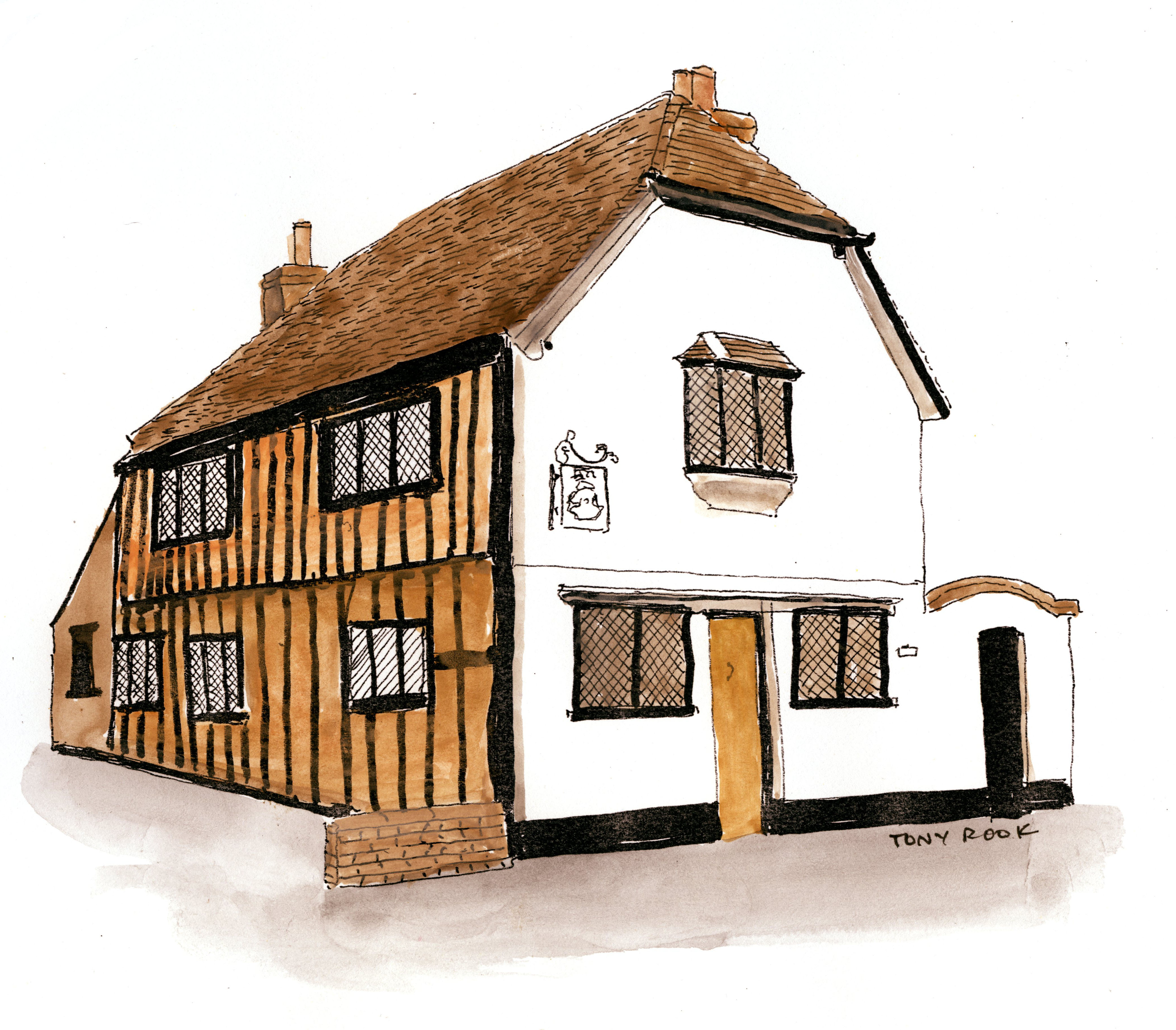
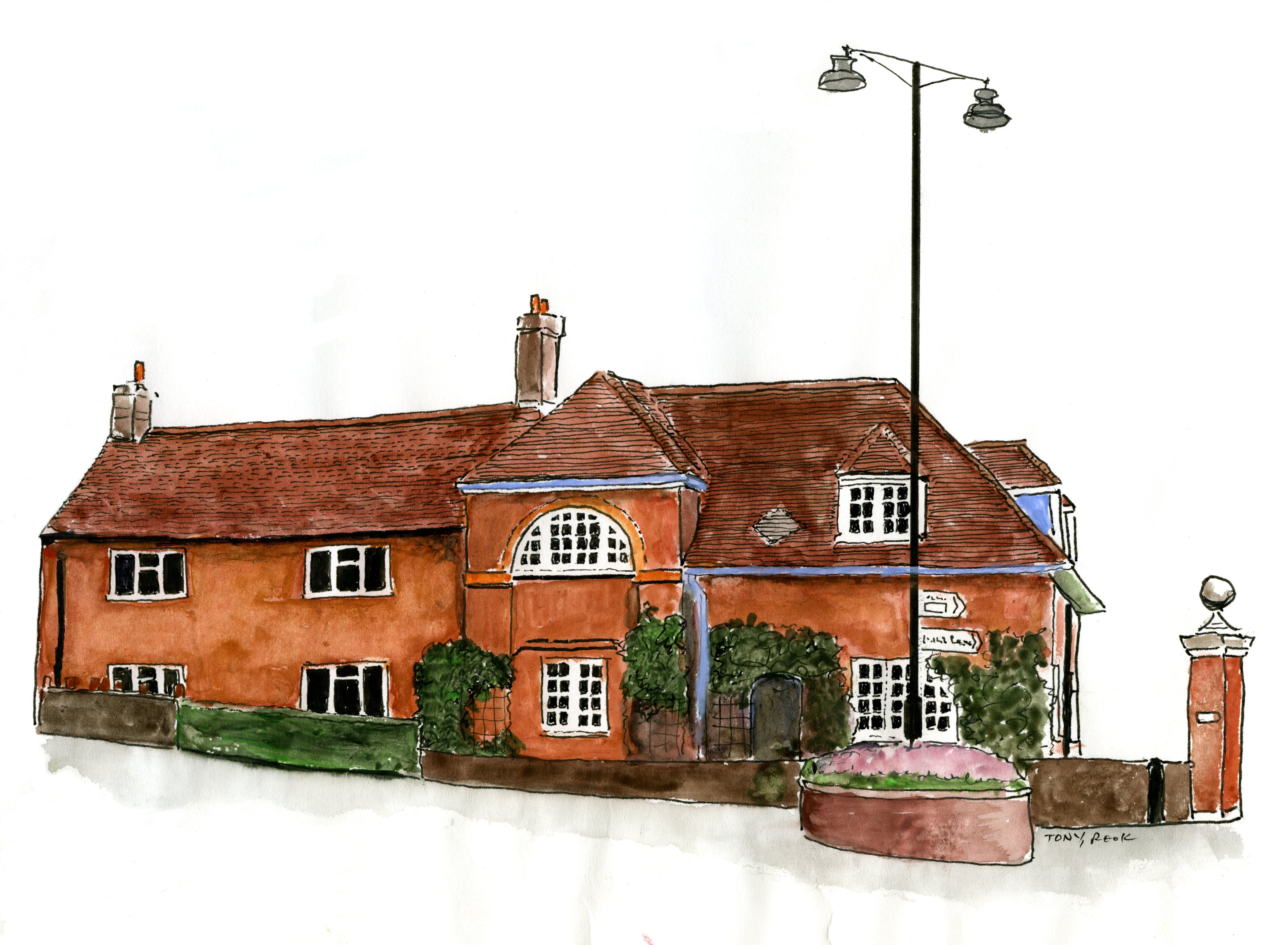
Stop 4: Lockleys Drive
This was once the main road to Hertford. In 1720, the road moved to the other end of the village and this became the drive to Lockleys. The lodge, to the left of the drive, was built around 1920 and was designed by Edwin Lutyens.
At the time, there would have been two brick brick piers supporting the gates to the driveway up to Lockleys.
Stop 5: Mill Lane
Until the eighteenth century, this was a cul-de-sac ending at the Mill. Workers’ cottages built in 1821 line the east side of the lane.
The polychrome brick design on Gothic House is the finest surviving example of Victorian architecture in the district, it was built about 1870.
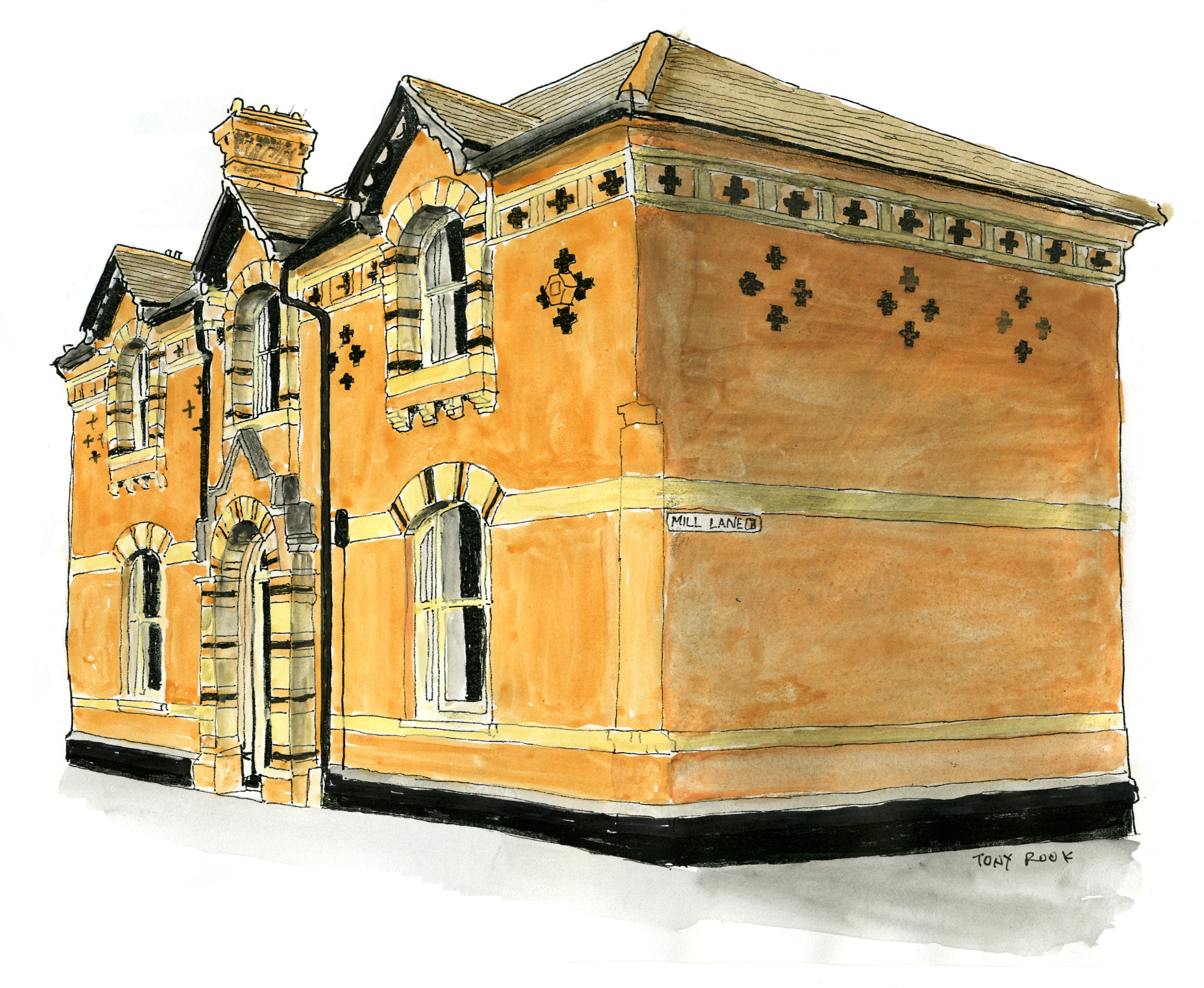
Along Mill Lane it is you will see two more pubs, the Baron of Beef, now a private residence, was once run by George Baron who was a butcher, the slaughter house was located to the rear of the property and the front windows were windows to the shop, and then the White Horse. These were two of at least nineteen pubs in the village.
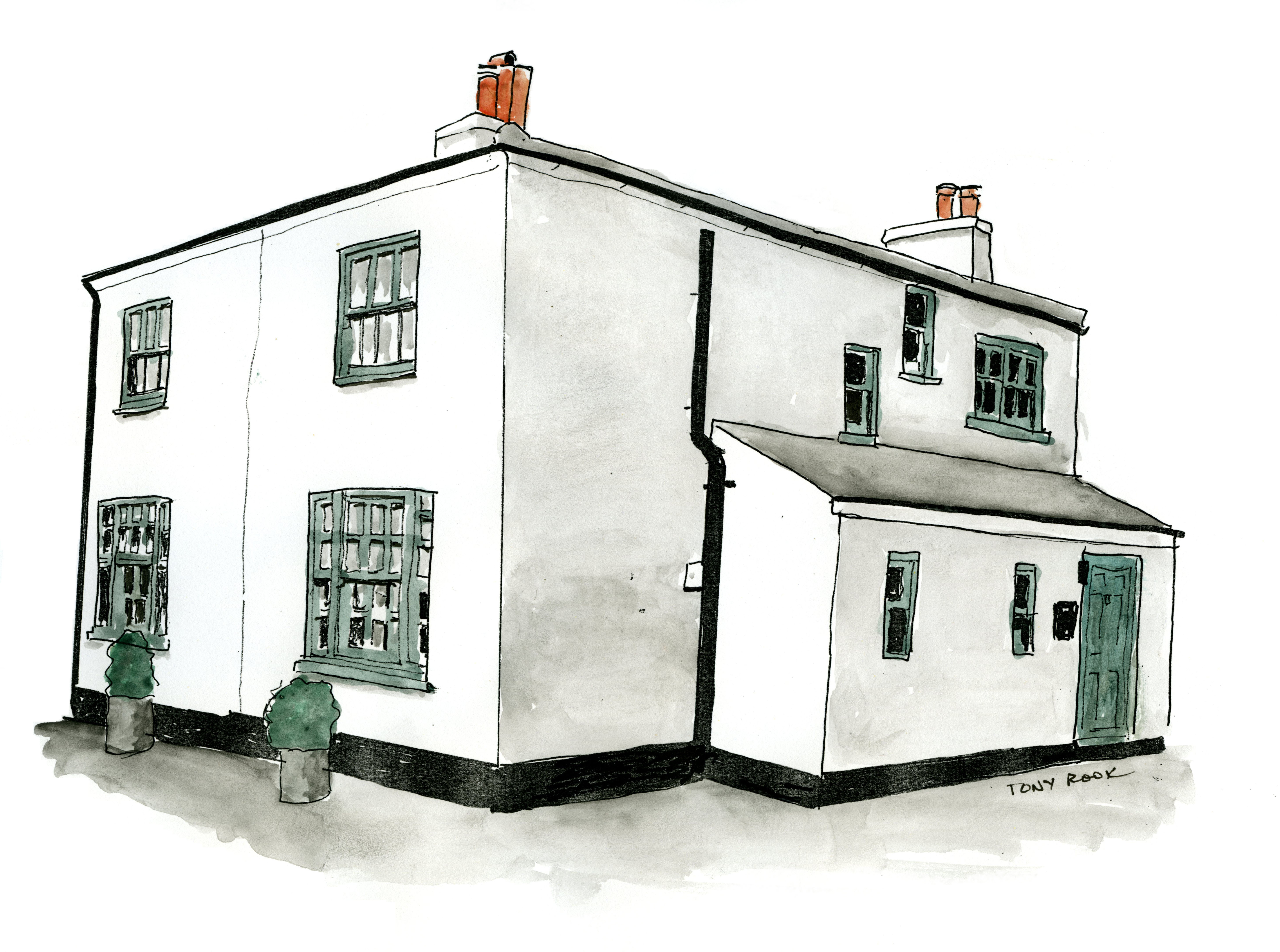
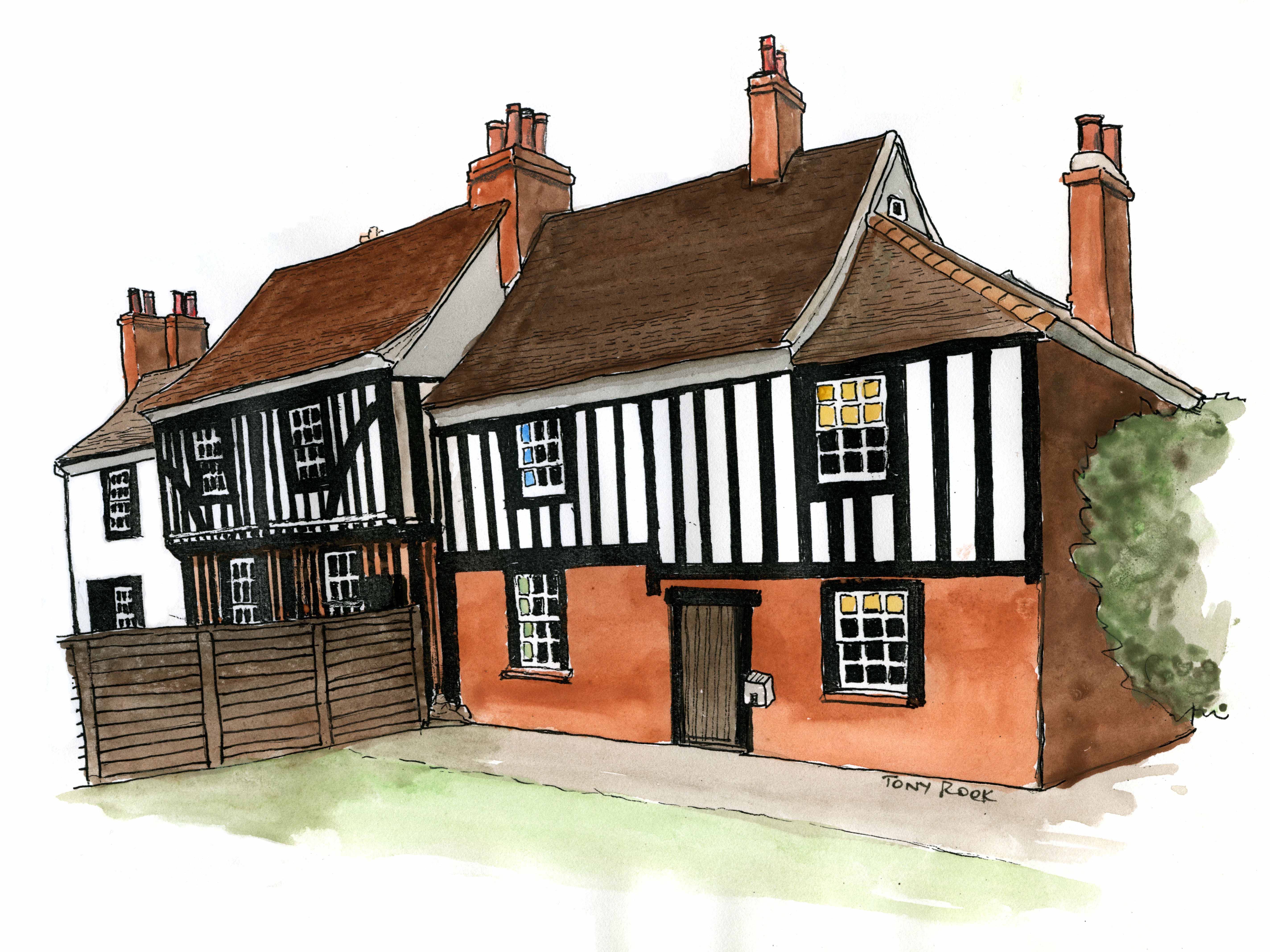
Stop 6: Old Rectory
The Old Rectory began as a moated manor house in the late 15th century, when the Rector was the Lord of the Manor. The sash windows and brickwork were put in about 1800.
In the eighteenth century, Dr Edward Young, a well known poet and Rector of Welwyn, wanted to promote Welwyn as a spa. These were the Assembly Rooms, where dances, musical evenings and other social events were held.
Stop 7: Prospect Place
Where the Civic Centre stands today was once a steep hill called The Mountain. It was dug away in the early twentieth century. An important Iron Age burial was found during the quarrying.
The early 19th century terrace is called Prospect Place. The road in front of it was the Hertford Road from 1720-1906. Because of the steep slope the houses are built on, they are three storied at the back. Their gardens back on to the River Mimram.
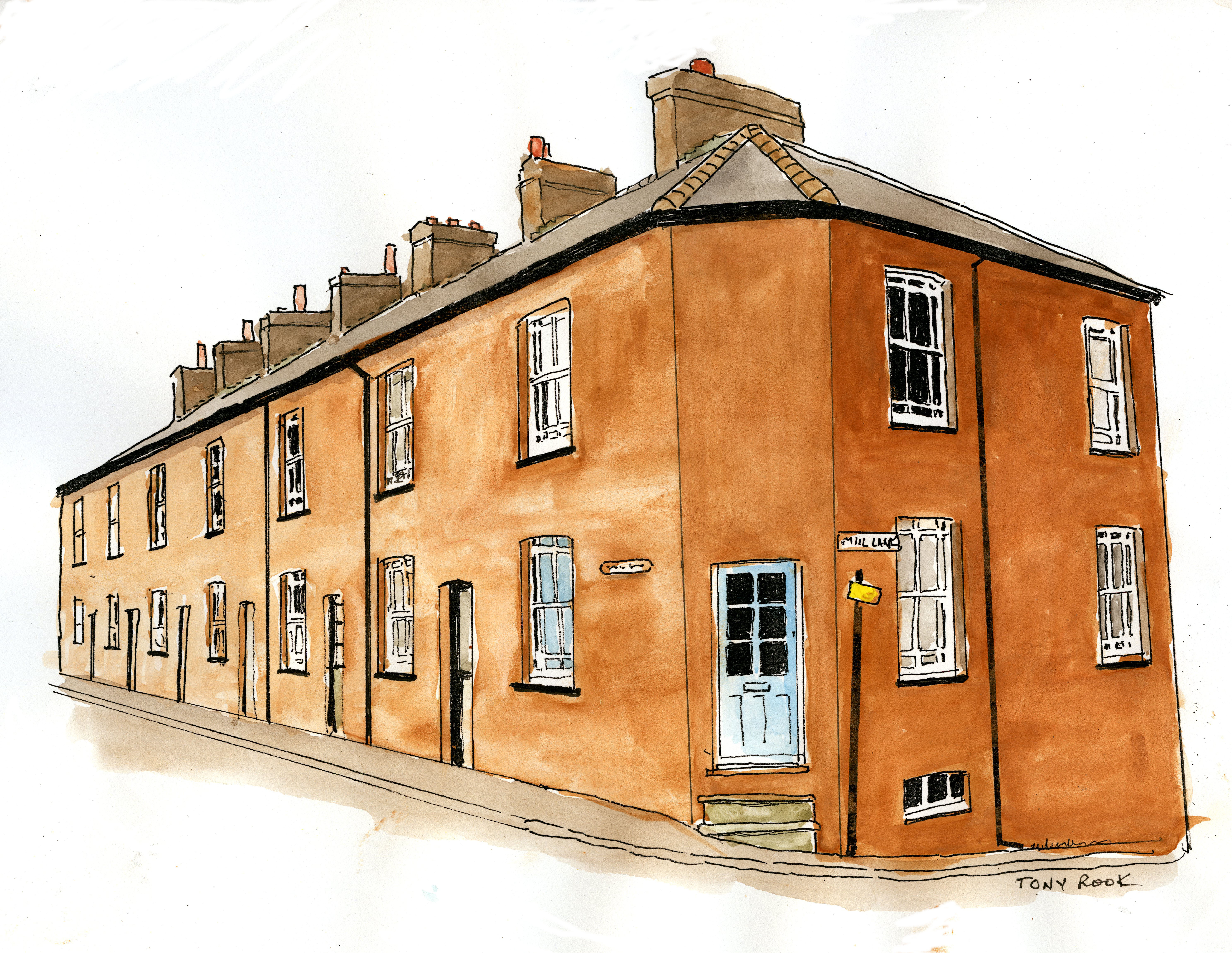
Stop 8: The White Hart Hotel
In the seventeenth century, Welwyn became an important stop for people travelling north from London. The London Road brought coaches directly to the White Hart, which could provide for more than 80 teams of horses per day!
The White Hart was also home to the village courtroom where petty sessions were held, misdemeanours may have included theft, assault and drunkenness.
Stop 9: The Ford
The centre of Welwyn has always been the River Mimram. Although today the High Street crosses the river on a bridge, the old ford is still there as a reminder of Welwyn’s past.
In 2018 Welwyn Parish Council was kindly gifted a bonded bronze bust of Vincent Van Gogh to commemorate his association with Welwyn. Van Gogh walked from Ramsgate to Welwyn in 1876 to visit his sister Anna who worked in the girls boarding school and was living in Rose Cottage, Church Street.
Award winning artist, Anthony Padgett, created the sculpture based on a detailed analysis of Van Gogh’s self portraits.
There is a copy of the bust on display in Welwyn Library, Civic Centre, prospect Place.
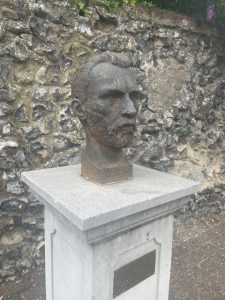
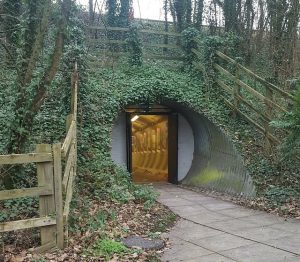
Stop 10: Welwyn Roman Baths
Excavated in the 1960’s by local archaeologist Tony Rook and a team of volunteers, the baths were saved from the construction of the A1M motorway, they can be visited today in a unique setting under the carriageway. The museum is now run by Welwyn Hatfield Museum Service and is open weekends and bank holidays.
